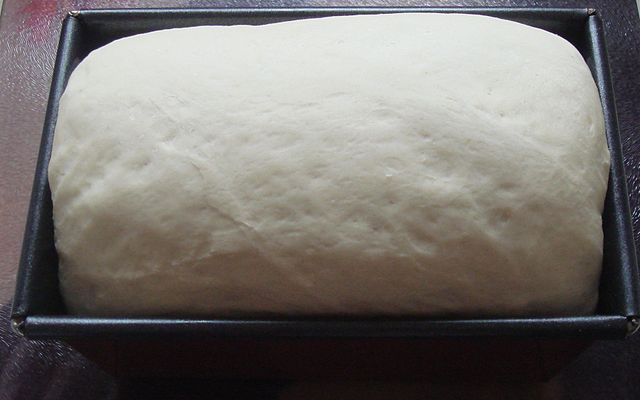Is vs Was in English Grammar
There is a clear difference between is and was in English grammar as they talk about different periods. Is and was are used as different tense forms of the root verb ‘to be.’ We use is in the present tense whereas we use was in the past tense. More specifically, we use is in present continuous tense as in the sentence ‘He is eating food.’ On the other hand, the verb was is used in past continuous tense as in the sentence ‘The bird was flying to its nest.’ Let us see what more information we can find about each of these verbs. We will also pay attention to the connection between is and was in order to understand the difference between is and was.
What does Is mean?
The verb is appears as the present tense form of the verb ‘to be.’ Is can also be used as an auxiliary verb. The plural form of is happens to be are. In short, it can be said that is describes an action that takes place at the time of speaking. Look at the following sentence.
He is running to catch the bus.
Here, the verb is describes the action of ‘running’ that takes place at the time of speaking. That means the person is running at this very moment as the speaker is making this remark. This is a very good example for present continuous tense where is acts as an auxiliary verb.
We use the verb is to describe the quality, color, and the identity of a person as in the sentences given below.
He is very intelligent.
He is dark in complexion.
He is Francis.
In the first sentence, the verb is describes the quality of the person. Then, in the second sentence, the verb is describes the color of the person and, in the third sentence, the verb is describes his identity.
What does Was mean?
The verb was appears as the past tense form of the verb ‘to be.’ The verb was can also be used as an auxiliary verb. The plural form of the verb was happens to be were. We can say that was describes an action that already took place before the time of speaking. To understand this, look at the following example.
She was making bread.
In the above sentence, the verb was describes the action of ‘making’ that had already taken place before the time of speaking. So, this action was happening in the past. This example here is a very good example for past continuous tense where was is used as an auxiliary verb.
Moreover, the verb was is used to describe a quality that is not present anymore in a person as in the sentences given below.
He was rich then.
She was married.
In the first sentence, we get the meaning that this person is no longer rich as the sentence indicates this person was rich in the past. In the second sentence, we get the idea that this lady we are speaking about is no longer married as her being married is given in the past tense. Then, look at another example.
He was an employee of a good company.
In the above mentioned example too the auxiliary verb was is used in the past tense to describe a past event.
What is the difference between Is and Was in English Grammar?
Key Takeaways
- Definitions of Is and Was: Is is the present tense form of the verb ‘to be.’ Was is the past tense form of the verb ‘to be.’
- Auxiliary Verb: The verbs is and was happen to be auxiliary verbs.
- Usage: Is is used in the present tense, specifically in the present continuous tense. Was is used in the past tense, specifically in the past continuous tense.
